Muhammad’s mother was buried in Al-Abwa’, which was between Medina and ‘Mecca’. Is this location in Saudi Arabia or in Jordan? Dan Gibson investigates what the early records say, and makes suggestions.
Tanscript
Where was Abwā’?
Hello, my name is Dan Gibson and this is another video in the Question and Answer series. Today’s question is: If Petra is the original city of Islam, then where was Al-Abwā’ (ٱلْأَبْوَاء) the village where Muhammad’s mother Āminah was buried?
This is a very good question, because if we accept that the original city of Islam as Petra, in southern Jordan, then it will affect where Muhammad’s mother was buried. The problem we face, is that there is already a village in Saudi called Al-Abwā’. In order to arrive at a solid conclusion, we will need to do some research.
First of all we want to see what the early Islamic writers say about the place called Al-Abwā’. Where was it? What happened there? And some descriptions that may help us decide. Fortunately, a number of things happened at this location.
Let’s begin with Ibn Kathir, who notes that the very first raid that the Muslims carried out against the Quraysh, was to Al-Abwā’. He tells us:
The number of military expeditions which the Messenger of God organized totaled twenty-seven. These were, in order: the first, Waddān, also known as al-Abwā’ … Ibn Kathīr Vol 4 The Life of the Prophet Muḥammad, Page 312 So the very first thing we learn is that there are two names associated with this place: al-Abwā’ and also the name Waddān.
Ibn Hisham mentions the first raid this way:
He (Muḥammad and his men) traveled “… until he reached Waddān, which is the raid of al-Abwā’ … the Bani Damra there made peace with him through their leader Makhshibin ‘Amr al-Damri. Then he returned to Medina without meeting war and remained there for the rest of the month of Safa. Here again we see the locations of Waddān and Abwā’ are tied together.
Another reference is found in: Al-Ṭabarī who mentions Al-Abwā’ in another place:
In this year, according to all the Sīrah -writers, the Messenger of God personally led the expedition of Al-Abwā’, or, as it is sometimes called, Waddān; the two places are six miles apart and opposite one another.” (Al-Ṭabarī Vol. 7 Page 16)
So Al-Abwā’ and Waddān are actually two different places, six miles apart, and opposite one another. There are several important clues here. The two places are 6 miles apart, and they are opposite one another. What does ‘opposite one another’ mean? Usually it indicates that something is between them. Perhaps one is on one hill or mountain and the other is on another hill or mountain. In that case they were divided by something, perhaps a wadi or a valley. “Opposite one another”
Now Al-Ṭabarī Vol. 3 gives us the story of Muhammad’s mother: The Messenger of God’s mother, Āminah, died at al-Abwā’ between Mecca and Medina when the Messenger of God was six years old. She had brought him to Medina to let him visit his maternal uncles of the Banu ‘Adi bin al-Najjār, but she died on the way back. Al-Ḥārith related to me that Muhammad ibn Sa’d-Muhammad ibn ‘Umar-Ibn Jurayj-‘Uthman bin Safwan, who said that Āminah bint Wahb’s grave is in the ravine of Abu Dharr at Mecca. (Al-Ṭabarī Vol. 3 pg 283-284)
Did you catch that there seems to be significant differences between the two accounts? One says Al-Abwā’ was between Medina and Mecca, and the other account tells us that it was “at Mecca.” From this I would understand that it was so close to Mecca, that it could be termed “at Mecca.”
Since I understand the reference to Mecca here to be modern day Petra, I am suggesting that Al-Abwā’ would have been much nearer to Petra than to Medina.
Now, if your mind is protesting against the distance between Medina and Petra, we will come to that in a few minutes.
First, Āminah dies at al-Abwā’, but Al Ḥārith says that her grave is in the ravine of Abu Dharr at Mecca! So it is in a ravine, while other place her grave on the top of a ridge or mountain in Saudi Arbia. The two accounts do not agree. If you think I am just trying to create an issue that is not in the text, listen to the account from Ibn Sa’d. He (lbn Sa’d) said: Abu ‘Amir Qabisah Ibn ‘Uqbah al-Suwá’i informed us: Sufyàn Ibn Sa’id al-Thawri informed us on the authority of `Al-Qamah Ibn Marthad, he on the authority of Ibn Buraydah, he on the authority of his father; he said: When the Apostle of Allah, may Allah bless him, conquered Mecca, he came to a ruined grave and sat there and the people also sat round him. He sat like a person attending to a speech. Then he stood up weeping. ‘Umar, who was the boldest of those before him, came forward and said: May my father and mother be sacrificed for you, 0 Apostle of Allah! What makes you weep? He said: This is the grave of my mother, a visit for which I sought my Lord’s permission, which was granted; I asked for her salvation but He did not grant it. So I recalled her and was overpowered (by grief) so I wept. He was never seen weeping more than on this occasion. Ibn Sa’d said: This is an error, her grave is not at Mecca but it is at al- Abwā’. (Ibn Sa’d, Volume 1, Parts 1.28.3)
OK, we started out with a simple question: Where was Abwā’? but now it gets more complex and controversial. Have you noticed that whenever we ask a simple question about a geographical location from early Islam immediately issues come to the surface? The records are not clear. Two hundred years after the Hijra, Muslims themselves could not agree on the location of many places. Ibn Sa’d is writing around 840 CE or 230 AH, and in his time there is already disagreement on the location of al-Abwā’.
Now Ibn Sa’d tells the account of Āminah’s death. He starts with:
… The Apostle of Allah, may Allah bless him, was with his mother Āminah bint Wahb. When he was six years old, she took him on a visit to his maternal uncles …. at Medina and with him was his nurse Umm Ayman. They were riding two camels and they lodged in the house of al-Nābighah and sojourned there for a month. … Then his mother started back with him. When they were at al-Abwá, she died, and her grave is there. Then Umm Ayman brought him on the two camels which were with them. She nursed him along with his mother. After his mother’s death the Apostle of Allah, may Allah bless him, passed by the site of al-Abwā’ during his ‘Umrah al-Hudaybiyah. He (Ibn Sa’d) said: Verily Allah permitted Muhammad to visit his mother’s grave and the Apostle of Allah, may Allah bless him, came there, got it repaired and wept by its side and the Muslims wept because of the weeping of the Apostle of Allah, may Allah bless him. He was questioned about it and he replied: Remembering her affection overpowered me and I wept for her. (Ibn Sa’d, Vol 1 Part 1.28.1)
Now the Muslim writer that all modern researchers seem to inevitably turn to is Yāqūt even though he is writing some 600 years after the events took place.
In Al-Abwā’ is the grave of Āminah bint Wahb, the mother of the Prophet, (may God bless him and grant him peace) and the reason for her burial there was that ‘Abdullāh, the father of the Messenger of God, (may God’s prayers and peace be upon him) had gone out to Medina to pick dates and died in Medina. His wife was Āminah (son of Abd Manāq, son of Zahra, son of Kalāb son of Murra, son of Ka’b, son of Lu’ay, son of Gālib) who would go out every year to Medina to visit his grave. When the Messenger of God came to be six years old, (may God bless him and grant him peace) His mother went out to visit the grave, with ‘Abd al-Muṭlab and Um Ayman the nursemaid for the Messenger of God, (may God’s prayers and peace be upon him). When they came to Al-Abwā’ on their way to Mecca, Amina died there.
\ It is said that Abu Tālib visited his maternal uncles Bani al-Najjār in Medina and carried with him Āminah, the mother of the Messenger of God (may God bless him and grant him peace.) And when he returned on his way to Mecca, Amina died at the Al-Abwā’. Yāqūt, Buldān, Vol 1, pg 92-93, Al-Abwā’ (ٱلْأَبْوَاء)
So what can we learn from this account?
First, ‘Abdullāh, Āminah’s husband and the father of the prophet Muḥammad had been in Medina. He was originally from the Holy City, but it was in Medina where he met Āminah who lived there, and married her. So Āminah is originally from Medina.
‘Abdullāh then takes her back to the Holy City to meet his family, and she lived there with him. Soon after their marriage, when Āminah was pregnant with Muhammad, ‘Abdullāh died. After this Āminah tried to make regular visits back to her family in Medina. Each time she would take young Muhammad with them. And she usually stayed for one month in Medina before returning home.
Now we don’t know how many time she went, but we do have one record, especially recorded, and this is when Āminah dies.
From this we learn that Medina was not a strange town to Muḥammad, nor was it a foreign place. He had uncles there and other family from his mother’s side and he had made visits there.
Note that the records indicate that Abdulla, the father of Muḥammad is buried in Medina. From other accounts we learn that soon after their marriage ‘Abdullāh was called to Palestine and al-Shām (present day Syria) on a trading caravan trip. When he left, Āminah was pregnant. ‘Abdullāh was absent for several months in Gaza.
Instead of going directly to Mecca (which would have been Petra in that day) he went down to Medina to spend time with the family of his paternal grandmother, Salma bint ‘Amr, who belonged to the Najjār clan of the Khazraj tribe who lived around Medina. ‘Abdullāh was preparing to join a caravan to return to Mecca when he fell ill. Yāqūt’s account tells us that it had something to do with picking dates. Perhaps he fell from a tree top. So the caravan went on without him to Mecca where ‘Abd al-Muṭallib, Abdulla’s father immediately sent his eldest son al-Ḥārith back to Medina. Upon his arrival in Medina, al- Ḥārith learned that his brother had died and had been buried a month after falling ill. Al- Ḥārith returned to Mecca to announce the death of ‘Abdullāh to their aged father and ‘Abdullāh’s wife Āminah. ‘All Abdullāh left was a few camels and goats and a slave girl named Umm Ayman as an inheritance to Āminah, Muḥammad’s mother. (Ibn Sa’d pg. 107-108.)
Notice the timing. The caravan went from Medina to “Mecca”, and immediately al-Harith rushed back to Medina to be with his brother. And he discovered that he had been buried a month earlier.
Assuming he could walk at 3 kilometers per hour for 12 hours each day means he could travel about 36 km per day. If he had a horse he could go farther each day. I assume he rode, because he was rushing to be at his brother’s side.
- To travel from Medina to Mecca in Saudi is just less than 500 km, so it could have been done in 12 days. So 12 days for the caravan to get from Medina to Mecca in Saudi Arabia with the news and allowing 12 days for al- Ḥārith to walk back. Twenty four days without rushing on horseback. How could a month have passed since ‘Abdullāh had died?
- On the other hand a trip from Medina to Petra in Jordan is about double the distance, so it would have been 48 days to go and come. So hearing that ‘Abdullāh had died a month earlier fits the distance to Petra much better than the distance to Mecca in Saudi Arabia.
- Some viewers have objected that the distance between Petra and Medina would be too far, but when you compare the distance to the original stories, the distance to Petra usually fits better than the distance to Mecca in Saudi Arabia Now, the death of ‘Abdullāh happened when Āminah was pregnant with Muhammad. Later when Muhammad was six years old, his uncle Abu Tālib was traveling to Medina to visit family, so he took Āminah with him and also the nursemaid Umm Ayman. It was on this trip, when Muhammad was six years old that his mother died on the return journey.
A lot of people do not realize that Muhammad was directly related to one of the tribes in Medina, in fact he had close relatives among them. A lot of people do not realize that on several occasions young Muhammad spent a month in Medina as a child, so he knew the area. And so it was on their way home that his mother Āminah died and was buried in the place known as al-Abwa’.
So where was al-Abwā’? Was it close to Medina or was it close to the place called Mecca, or was it between the two somewhere? Is al-Abwā’ in Saudi Arabia, or is it in Jordan? Now today there is a village called al-Abwā’ in Saudi Arabia.
Notice that al-Abwā’ is not on the major road between Medina and Mecca. Saudi at this place is full of mountains so the roads are limited. The choices are limited. What was Āminah doing way over there? That is the first thing that strikes me. Second, the town of Waddān is not six miles down the road. In fact it is unknown in Saudi Arabia. Third, there is confusion today. For instance as a modern researcher named Amikam Elad, in his book The Siege of Al-Wāsiṭ notes on page 86 that a meeting of people took place around 750 AD in a village near Medina called al-Abwā’! (Elad, “ Siege of al-Wāsiṭ” 84, 1986) But Al-Ṭabarī seems to indicate that the meeting took place either in Mecca or a place very close to Mecca. (Al-Ṭabarī Vol. 28, page 97 also see footnote 471)
It seems everyone is confused on where al-Abwā’ actually was. And to top it off, Muslims today are starting to travel and explore their holy places, and many of them have trouble finding the so called grave of Āminah in Saudi Arabia. Muhammad was supposed to have fixed up the grave, but all you can find in Saudi is a circle of black stone on a hill top. Not in a ravine. You see the grave that is supposed to be her grave doesn’t fit the descriptions.
So the question we have now is: Can we find any indication that al-Abwā’ is northH of Medina, on the way to the first Mecca, or close to the first Mecca which I have identified as Petra in southern Jordan.
Remember all of the mosques of the first 100 years of Islam faced the first Mecca in Jordan, not Saudi Arabia, so it is a natural thing to look north, rather than south of Medina.
So with this in mind here are some things we can discern about al-Abwā’.
- It is located somewhere between Medina and Petra, most likely closer to Petra.
- It is located near a place known as Waddān, 6 miles away, which is opposite al-Abwā’. So there is something between them.
- Later Muhammad stopped and wept there just before entering Mecca.
- It is described as both “Mecca” and al-Abwā’. So they could have been very close to each other. Perhaps al-Abwā’ was a distant suburb of Petra.
- Āminah’s grave is in a ravine, not on the top of a hill as in Saudi.
- Āminah almost made it home, but died before she reached the Holy City.
- The meaning of the name: al-Abwā’ is most likely “The place of the Fathers.” This is most likely the meaning of Al-Abwā’, the place or origin of the fathers. This would be the place where the Bedouin Arabs originated from.
The challenge we have is to find a place near Petra that matches these descriptions.
Now, there were several ways of approaching the First Holy City. One way into Petra was to go to the Edomite hills and then travel in the land of Edom, (following the King’s Highway) which was later Byzantine area. This would be along the King’s Highway towards the south. There were several ways to connect between Petra and the King’s Highway.
The other way was to descend down into Wadi Araba, and then travel south to Medina, or if you are in Petra, to travel down into wadi Arabia. If you remember, in the video about Where was Shi’b Abi Talib, we identified the house of Kadija, and the homes of Abdul Mutalib as being in a narrow box canyon that could be closed at one end and guarded by one or two soldiers. This is known today as Little Petra. It is about 5 km north from Petra proper. Just north of this is the area known as Al Baydha, which is mentioned in early Islamic history as being close to the Holy City. From this area there is a path going down into Wadi Araba.
Brown University did a survey of this area back in 2010 to 2012, and some areas were explored and excavated. This was known as the Petra North project. The archeologists at Brown University have labeled the area immediately outside of little Petra as the medieval Islamic town. This fits early Islamic records, and may be the area of Petra that was originally known as the Mecca suburb of Petra.
What interests us in this video, is the path that leads down to Wadi Araba. This route is not used today, because we have modern cars which follow modern roads. But back then, it was a very direct route out of the Petra mountains, down a steep incline and into the desert below. From there, one could travel to Medina without dealing with a lot of elevation, as there were no high mountain passes to go over or rugged terrain to cross. Wadi Arab leads directly down to Aqaba and the Red Sea.
This area of Petra is quite unknown to the average tourists. A few people visit Little Petra, but none take the route over the cliff and down to the desert below.
There are several interesting places along this route. Half way down the mountain, there is something called the Pond Monument. I did not mention this in my earlier videos because I was only discovering this area of Petra myself. The pond monument, or pond temple as it is called today, is reminiscent of Ghadir Khumm. Once the Covid 19 restrictions on travel are lifted, I hope to arrange an exploratory trip down this path. It really does sound like Ghadir Khumm from the very earliest Islamic period.
It is along this route, especially in Wadi Araba itself that I would be hopeful in finding the ruins of two ancient villages, one on each side of Wadi Araba and one on the other. Perhaps they were nomadic towns, so there might be very little left. Remember Al-Ṭabarī tells us that Waddān was six miles apart from Abwā and they were opposite one another.” (Al-Ṭabarī Vol. 7 Page 16) There are several places where Wadi Araba is six miles wide. Here is a photo taken from Kibbutz Yahel, on the bank of Nahal Yaalon on the Israeli side of Wadi Arabia, looking towards Jebal Haroun and Petra across the Wadi. The Wadi is six miles wide at this point. There could easily have been two settlements on either side. Ibn Hisham tells us that the area was controlled by the Bani Damra tribe, and that Muhammad made peace with them, and then returned to Medina without having a war. (Ibn Hisham #121)
Also, Wadi Araba is considered by many to be the origin of the tribes known as the Arabs, from Araba. This may be a clue to the name al-Abwā’. The mountains have many ravines, and one of these might contain an old unmarked grave. It is a lot of might-have-beens… but it the description of the place seems to fit.
Now years later, when the Black Rock was moved to Saudi Arabia, people started called the area in Saudi Arabia “Mecca” and it became the centre of pilgrimage for the new and growing Islamic religion. It wasn’t until several hundred years after the founding of Islam that a small town in Saudi was identified as Abwā. Unfortunately the grave of Āminah was not there, and the town of Waddān was no where close. Now that we are turning our attention to the area around Petra, we may someday be able to find the two settlements of Waddān and Abwā.
So where was al-Abwā’? From the historical record it seems very unlikely that it was in Saudi Arabia. The location has been lost over time, because people were looking in the wrong place. Perhaps in the near future something will come to light in southern Jordan.
What I find exciting, is that there was an early Islamic presence on the north side of Petra, and it is there that we need to focus our search for the family of Abdul Mutalib and ultimately Muhammad himself.
I am Dan Gibson, and this has been another Question and Answer video.
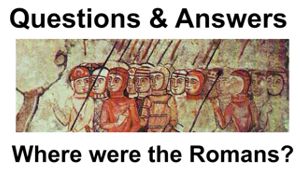
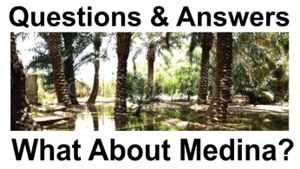
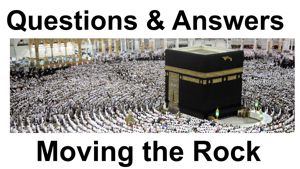
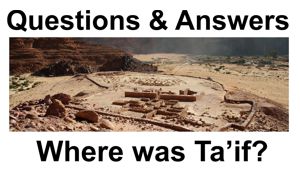
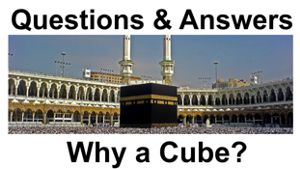

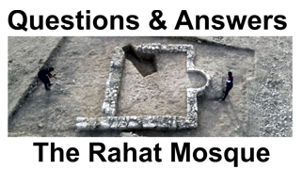
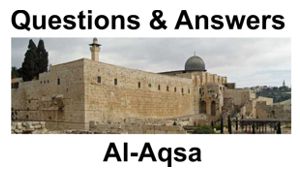
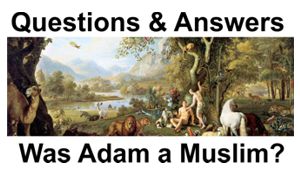
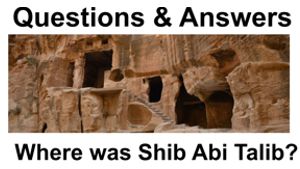

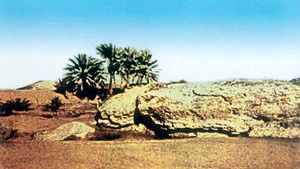
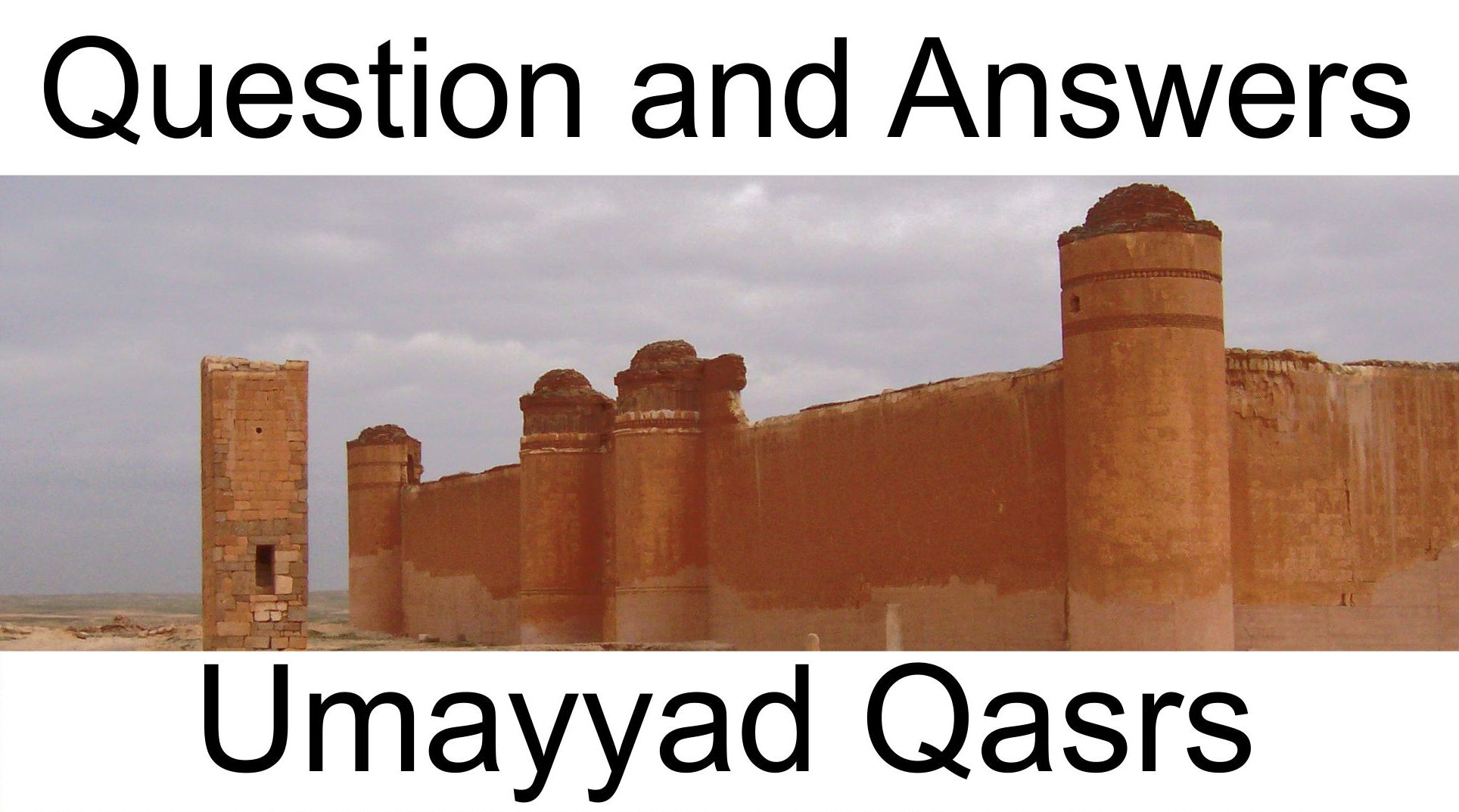
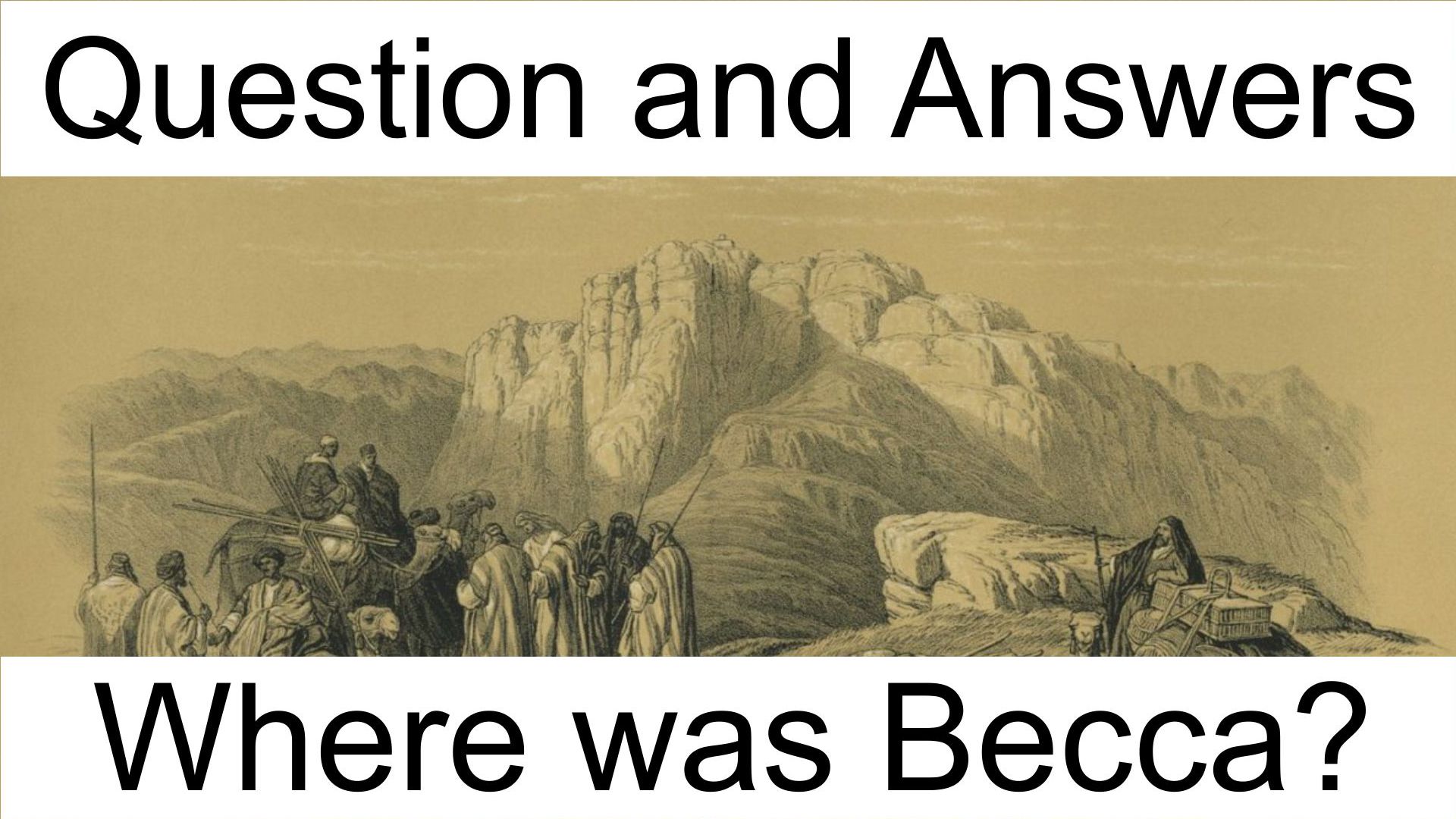

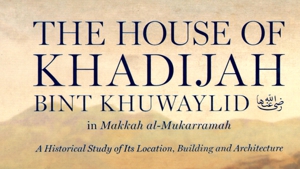
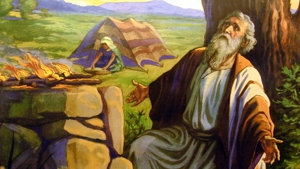
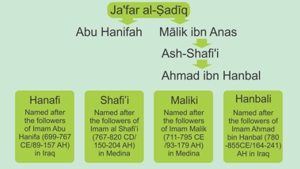

Page Discussion
Membership is required to comment. Membership is free of charge and available to everyone over the age of 16. Just click SignUp, or make a comment below. You will need a user name and a password. The system will automatically send a code to your email address. It should arrive in a few minutes. Enter the code, and you are finished.
Members who post adverts or use inappropriate language or make disrespectful comments will have their membership removed and be barred from the site. By becoming a member you agree to our Terms of Use and our Privacy, Cookies & Ad Policies. Remember that we will never, under any circumstances, sell or give your email address or private information to anyone unless required by law. Please keep your comments on topic. Thanks!